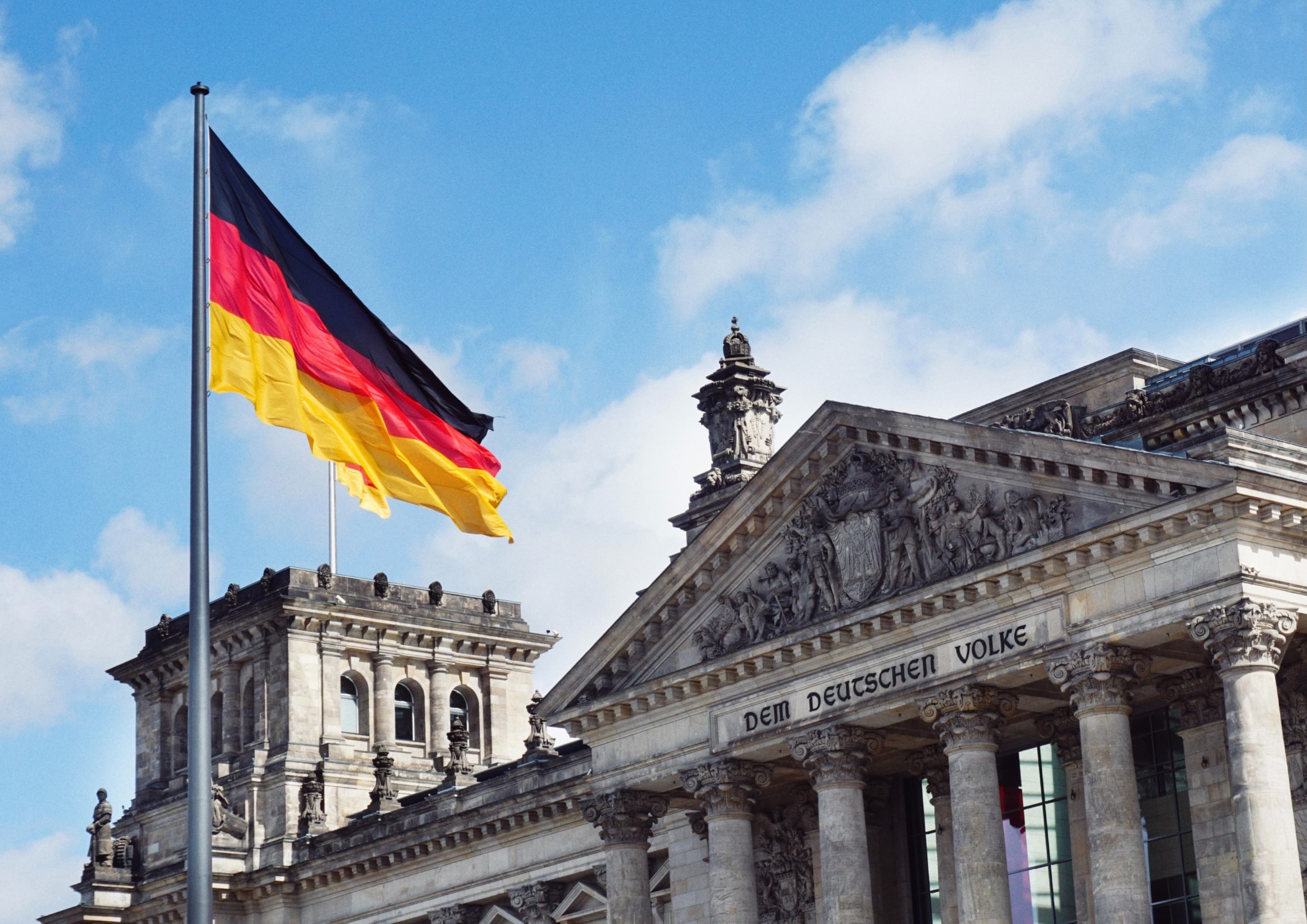
Can immigration and technology solve the German Recession?
Current predictions for the German economy are not good. Predictions vary, but most of them project not just a slowdown in growth, but an outright recession. Between a gradual inflation which has depressed consumer spending, and a workforce that is shrinking, the situation looks dire.
The government is already slowly raising the retirement age to combat the labour shortages, but this is only a stopgap solution. The shortages are primarily a symptom of a demographic shift – the population is aging. If we continue on our current path, at some point in the coming decades the working population will no longer be able to adequately support the economy.
There are other, more sustainable options to supplement the workforce. One solution might be to use digital infrastructures and AI to improve automation and more efficiently deploy human workers. These technologies would be bridging some of the labour shortages and help lessen the pressure on the market.
Considering that we are still on a frontier of technological expansion, especially in the field of AI, this is an attractive solution to many. But historically Germany has not performed well when put under pressure to modernise and digitise and is still missing much of the necessary digital infrastructure. As much as technology might be a partial solution, there have to be other approaches as well.
A more accessible solution is to amplify immigration and improve how immigrants are integrated into the economy. While this sounds easy on paper, in execution it might be more difficult. The last decade – consider especially the aftermath of the 2015/16 refugee crisis – has shown that the country is not adept at efficiently integrating newcomers.
How to immigrate and integrate
Immigration is never easy, but it doesn’t take much to see that Germany is a difficult place to immigrate to.
The language usually the primary barrier, which will make most of your interactions – especially those with the bureaucracy, which can be unwieldy and arcane even to native speakers – difficult. Finding a foothold socially can be difficult too, especially given that many people are still suspicious of people from different ethnic or geographic backgrounds.
So, the challenge is not only in attracting skilled migrants, but making sure they integrate well into the country – not just economically, but socially and culturally. On top of that is the fact that getting people to move internationally is difficult. Germany is not the only country experiencing an economic downturn and instability always makes people more hesitant to move jobs, let alone countries.
To leave a secure job, where you have a good relationship with your managers and access to certain benefits or perks, is scary. Many people who are unhappy with their jobs, their workload, or their pay stay at those positions, because having to find a new job and integrating in a new organisation can be too overwhelming.
There is no easy solution for that, but many successful cases of immigration, are those where the person in question had help. Help in finding accommodation, learning the language, and navigating the bureaucracy. While these things often depend on the communities’ immigrants land into – for foreign students and workers these are often their host families and employers – the government must do better.
A comprehensive approach
I have previously written about why Germany might struggle to attract skilled migrants, and at the time concluded that there is no one-size-fits-all policy or programme which could comprehensively address this. Perhaps it is worth taking inspiration exercises like the 90-day-Finn programme, which looks to attract skilled immigrants and comprehensively helps them settle into the countries (which I have also mentioned before).
Specifically targeting skilled workers means that the AI and automation industries could continue to match gaps within their talent pools, and slowly begin to stabilise the workforce. The German government is clearly interested in the further development of the AI industry, having published a new AI action plan just last month. Part of this plan is to fuel significant investment and research within the AI sector, and to help the country achieve technological sovereignty.
What the country then needs is a two-pronged approach from both government and industry: targeted recruitment and nurturing of talent, as well as an expansion of technologies to support and supplement the workforce.
Sources and further reading
Aktionsplan Künstliche Intelligenz des BMBF
Germany Labor Force to Shrink, Ending Era of Rising Prosperity – Bloomberg
How can rural regions attract workers from abroad? – DW – 09/17/2023
How attractive is Germany to qualified immigrants? | Hibernian Recruitment
KI Bundesverband | Größtes Künstliche Intelligenz Netzwerk Deutschland

